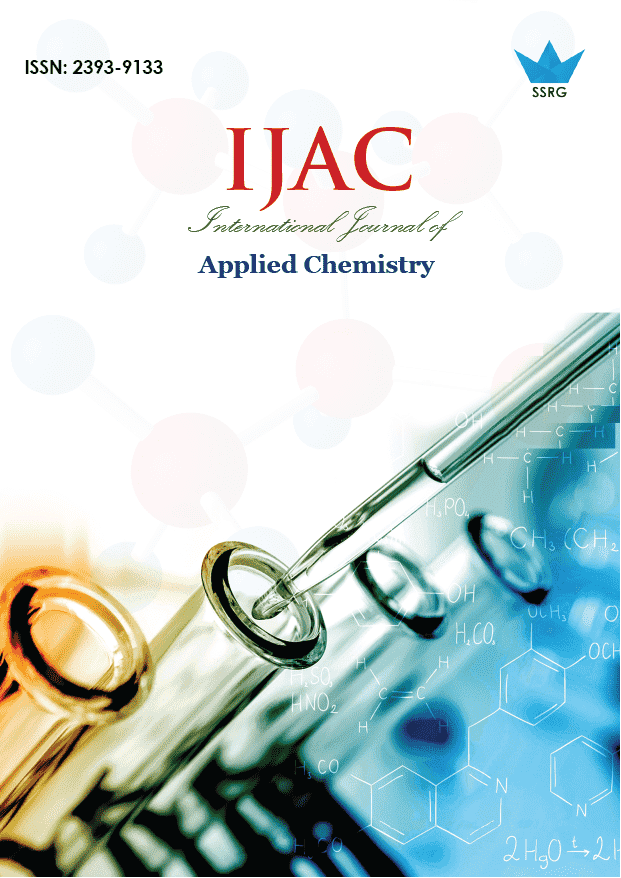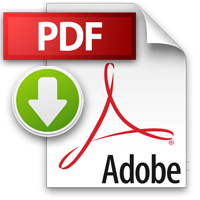Analysing the Changes in the Water Quality of River Yamuna, During 2012-2023

| International Journal of Applied Chemistry |
| © 2025 by SSRG - IJAC Journal |
| Volume 12 Issue 3 |
| Year of Publication : 2025 |
| Authors : Sayaan Mehta |
How to Cite?
Sayaan Mehta, "Analysing the Changes in the Water Quality of River Yamuna, During 2012-2023," SSRG International Journal of Applied Chemistry, vol. 12, no. 3, pp. 1-11, 2025. Crossref, https://doi.org/10.14445/23939133/IJAC-V12I3P101
Abstract:
The River Yamuna, one of the most significant rivers in northern India, plays a vital role in supporting agriculture, industry, and human settlements, but it continues to face severe pollution stress. This study examines the changes in the Yamuna’s water quality between 2012 and 2023. Secondary data for key physico-chemical and microbiological parameters were collected from the Central Pollution Control Board (CPCB) website, and annual mean values were analyzed to identify long-term trends. The parameters studied include pH, Dissolved Oxygen (DO), Biochemical Oxygen Demand (BOD), conductivity, nitrates/nitrites, fecal coliform, and total coliform. The findings reveal that while pH remained relatively stable (7.5–7.8), DO levels fluctuated widely, with a minimum of 5.34 mg/L in 2014 and a peak of 12.57 mg/L in 2015. BOD consistently exceeded permissible limits, with the highest value of 16.05 mg/L recorded in 2022, indicating persistent organic pollution. Conductivity levels rose significantly over the decade, reaching over 1100 µmhos/cm in 2016, suggesting increasing dissolved solids from effluents. Microbiological contamination was a major concern, as fecal and total coliform counts remained alarmingly high throughout the study period, with 2012 showing extreme levels and only partial declines by 2023. Overall, the results highlight persistent anthropogenic pressures, primarily from untreated sewage and industrial discharges, that continue to degrade the Yamuna’s water quality. Addressing these challenges requires integrated approaches, including seasonal and site-specific monitoring, expansion of tested parameters, and adoption of advanced analytical tools to support sustainable river management and policy interventions.
Keywords:
Yamuna, Central Pollution Control Board, Physico-chemical, Permissible limits.
References:
[1] Madhuben Sharma et al., “The State of the Yamuna River: A Detailed Review of Water Quality Assessment Across the Entire Course in India,” Applied Water Science, vol. 14, no. 8, pp. 1-24, 2024.
[CrossRef] [Google Scholar] [Publisher Link]
[2] U.S. Geological Survey, The Distribution of Water on, in, and above the Earth, U.S. Department of the Interior, 2018. [Online]. Available: https://www.usgs.gov/media/images/distribution-water-and-above-earth
[3] Anil Kumar Misra, “A River about to Die: Yamuna,” Journal of Water Resource and Protection, vol. 2, no. 5, pp. 489-500, 2010.
[CrossRef] [Google Scholar] [Publisher Link]
[4] Pankaj Joshi et al., “Physicochemical and Biological Analysis of River Yamuna at Palla Station from 2009 to 2019,” Scientific Reports, vol. 12, pp. 1-19, 2022.
[CrossRef] [Google Scholar] [Publisher Link]
[5] Vaishali Sahu, and Prachi Sohoni, “Water Quality Analysis of River Yamuna – The Delhi Stretch,” International Journal of Environmental Sciences, vol. 4, no. 6, pp. 1177-1189, 2014.
[CrossRef] [Google Scholar] [Publisher Link]
[6] Neha Gupta et al., “Assessment of Physicochemical Properties of Yamuna River in Agra City,” International Journal of ChemTech Research, vol. 5, no. 1, pp. 528-531, 2013.
[Google Scholar] [Publisher Link]
[7] Bilal Bhat, Saltanat Parveen, and Taskeena Hassan, “Seasonal Assessment of Physicochemical Parameters and Evaluation of Water Quality of River Yamuna, India,” Advances in Environmental Technology, vol. 4, no. 1, pp. 41-49, 2018.
[CrossRef] [Google Scholar] [Publisher Link]
[8] Runit Isaa et al., “Assessment of Seasonal Impacts on Water Quality in Yamuna River Using Water Quality Index and Multivariate Statistical Approaches,” Waste Management Bulletin, vol. 2, no. 3, pp. 145-153, 2024.
[CrossRef] [Google Scholar] [Publisher Link]
[9] Sameer K. Tiwari et al., “Water Quality Assessment of Upper Ganga and Yamuna River Systems during COVID-19 Pandemic-Induced Lockdown: Imprints of River Rejuvenation,” Geochemical Transactions, vol. 25, no. 8, pp. 1-22, 2024.
[CrossRef] [Google Scholar] [Publisher Link]
[10] 800 × 800 – River Yamuna in India Map, PNGitem. [Online]. Available: https://www.pngitem.com/middle/hwRxwJJ_800-x-800-river yamuna-in-india-map/
[11] Civil Pedia, Ganga River System. [Online]. Available: https://civilspedia.com/ganga-river-system/
[12] World Health Organization, Guidelines for Drinking-water Quality, [Online]. Available: https://iris.who.int/bitstream/handle/10665/375822/9789240088740-eng.pdf?sequence=1 2024.
[13] Central Pollution Control Board, Designated Best Use – Water Quality Criteria, (n.d.). [Online]. Available: https://cpcb.nic.in/wqm/Designated_Best_Use_Water_Quality_Criteria.pdf
[14] Taskeena Hassan et al., “Seasonal Variations in Water Quality Parameters of River Yamuna, India,” International Journal of Current Microbiology and Applied Sciences, vol. 6, no. 5, pp. 694-712, 2017.
[CrossRef] [Google Scholar] [Publisher Link]

 10.14445/23939133/IJAC-V12I3P101
10.14445/23939133/IJAC-V12I3P101